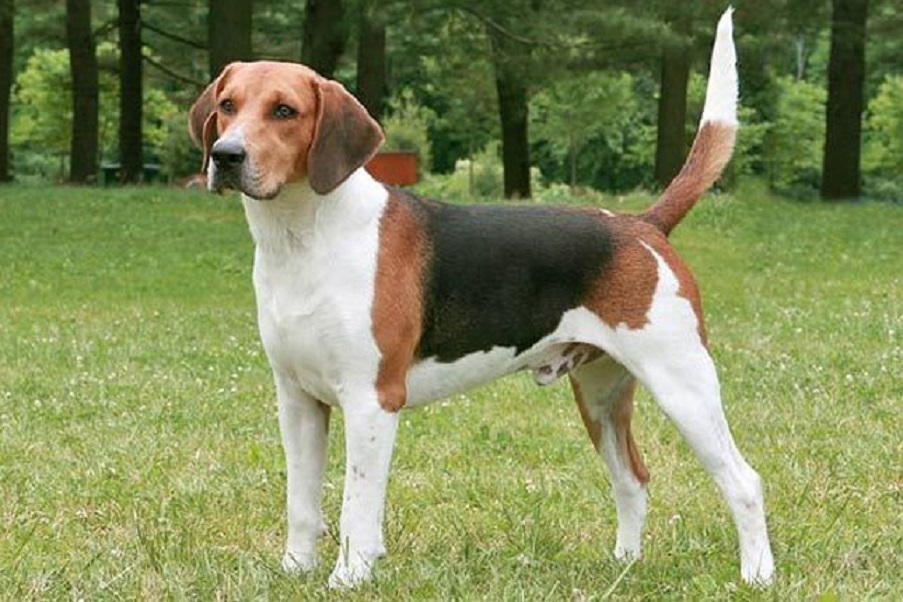
Harrier

Navigate through the tabs
Navigate through the tabs below to view the breed's info of your interest.
The breed's info is divided in four sections; namely:
the breed's history ,
the breed's main stats ,
the dog's potential health issues
and finally, how the breed scored in 26 different categories.
All the above information should give you a respectively good overview for the dog of your interest.
Dog Breed's Main Info
The Breed's History:
Sources have widely conflicting stories about the origins of this breed. According to one, the earliest Harrier types were crossed with Bloodhounds, the Talbot Hound, and even the Basset Hound. According to another, the breed was probably developed from crosses of the English Foxhound with Fox Terrier and Greyhound.
And yet another, the Harrier is said to be simply a bred-down version of the English Foxhound. The first Harrier pack in England was established by Sir Elias de Midhope in 1260 and spread out as a hunting dog throughout the west of England and into Wales. Although there are many working Harriers in England, the breed is still not recognised in that country.
In any case, today's Harrier is between the Beagle and English Foxhound in size and was developed primarily to hunt hares, though the breed has also been used in fox hunting. The name, Harrier, reveals the breed's specialty. The Harrier has a long history of popularity as a working pack dog in England.
The Harrier is the most commonly used hound by hunts in Ireland, with 166 harrier packs, 37 of them mounted packs and 129 of them foot packs, spread throughout the country. More commonly in Ireland it is used to hunt both foxes and hares, with some packs hunting mainly foxes.
This breed of dog is recognized in 1885 by the American Kennel Club and is classified in the Hound Group.
Country of Origin:
England
Breed Group:
Hound
Height:
1 foot, 7 inch. to 1 foot, 9 inch. (48,26 to 53,34 cm)
Weight:
45 to 60 pounds (20,41 to 27,22 Kg)
Life Span:
10 to 12 years
Potential Health Issues:
Epilepsy,
Hip Dysplasia
Adaptability
Apartment Living:
First Time Owners:
Sensitivity:
Being Alone:
Cold Weather:
Hot Weather:
Friendliness
Affection With Family:
With Kids:
With Dogs:
With Strangers:
Health and Grooming
Shedding:
Drooling:
Easy To Groom:
Overall Health:
Weight Gain Potential:
Size:
Training
Easiness:
Intelligence:
Mouthiness:
Prey Drive:
Barking or Howling:
Wanderlust:
Need For Exercise
Energy Level:
Intensity:
Exercise Needs:
Playfulness:
Our Mobile Application
Check out Our Mobile Application "Dog Breeds Central"
